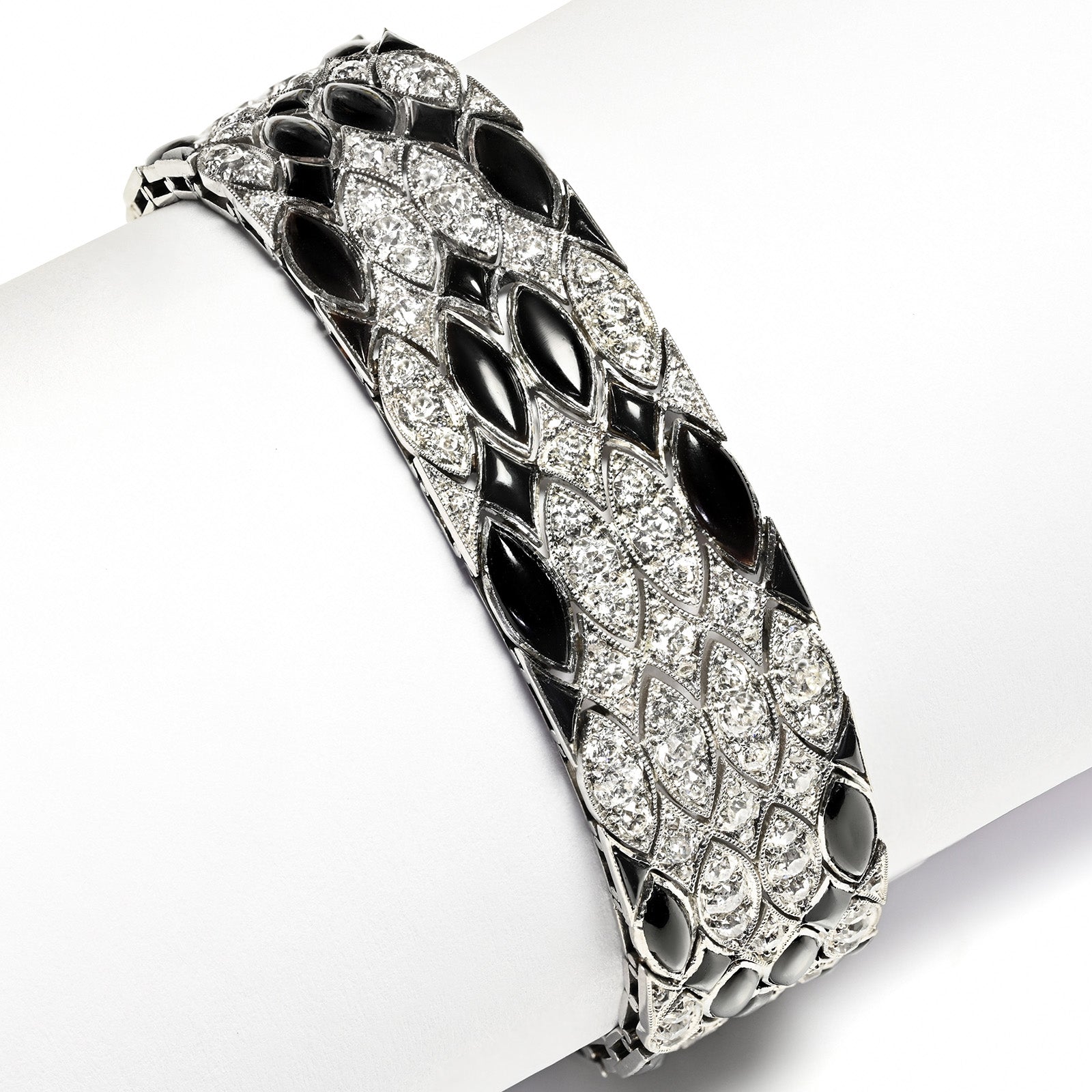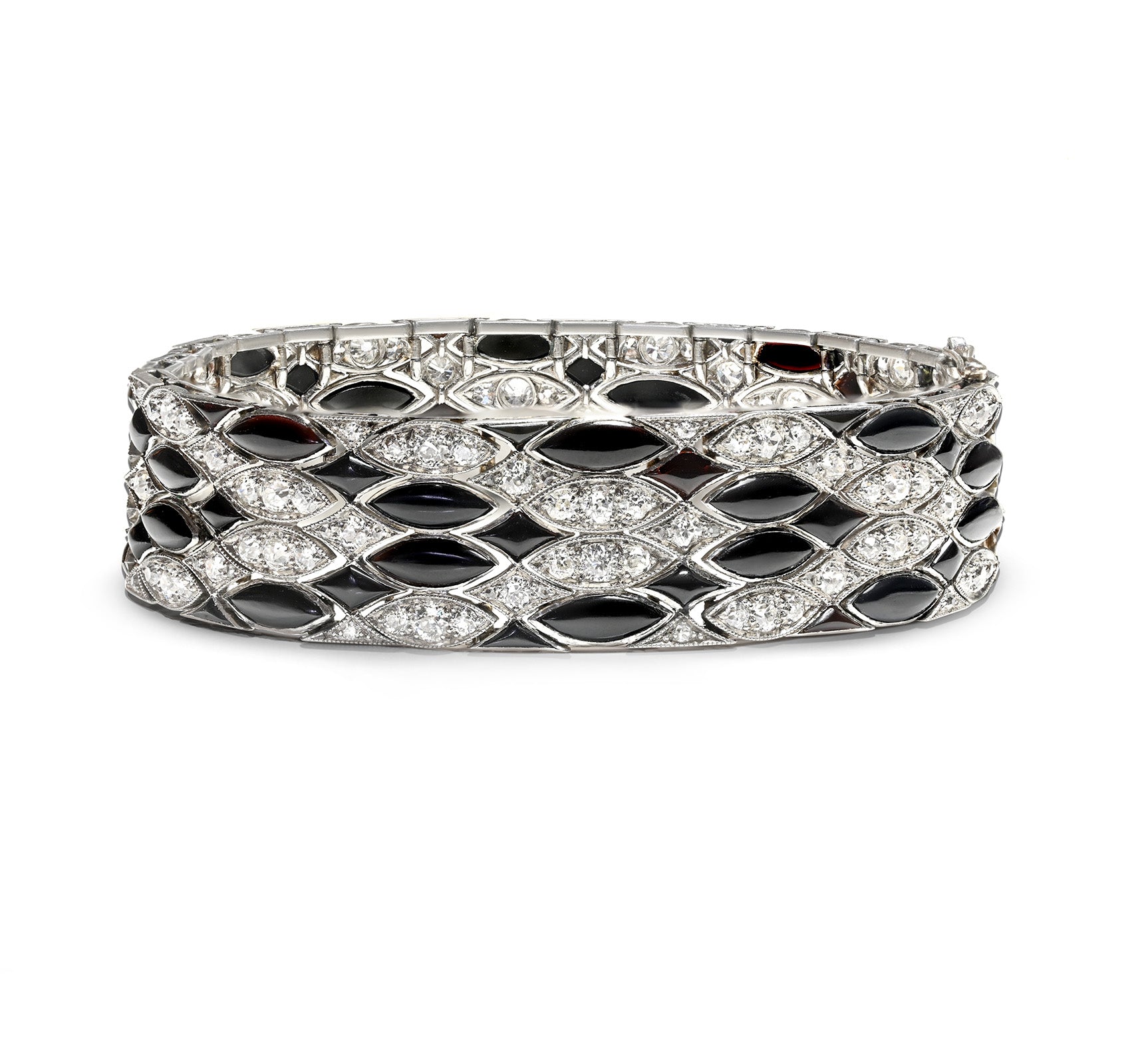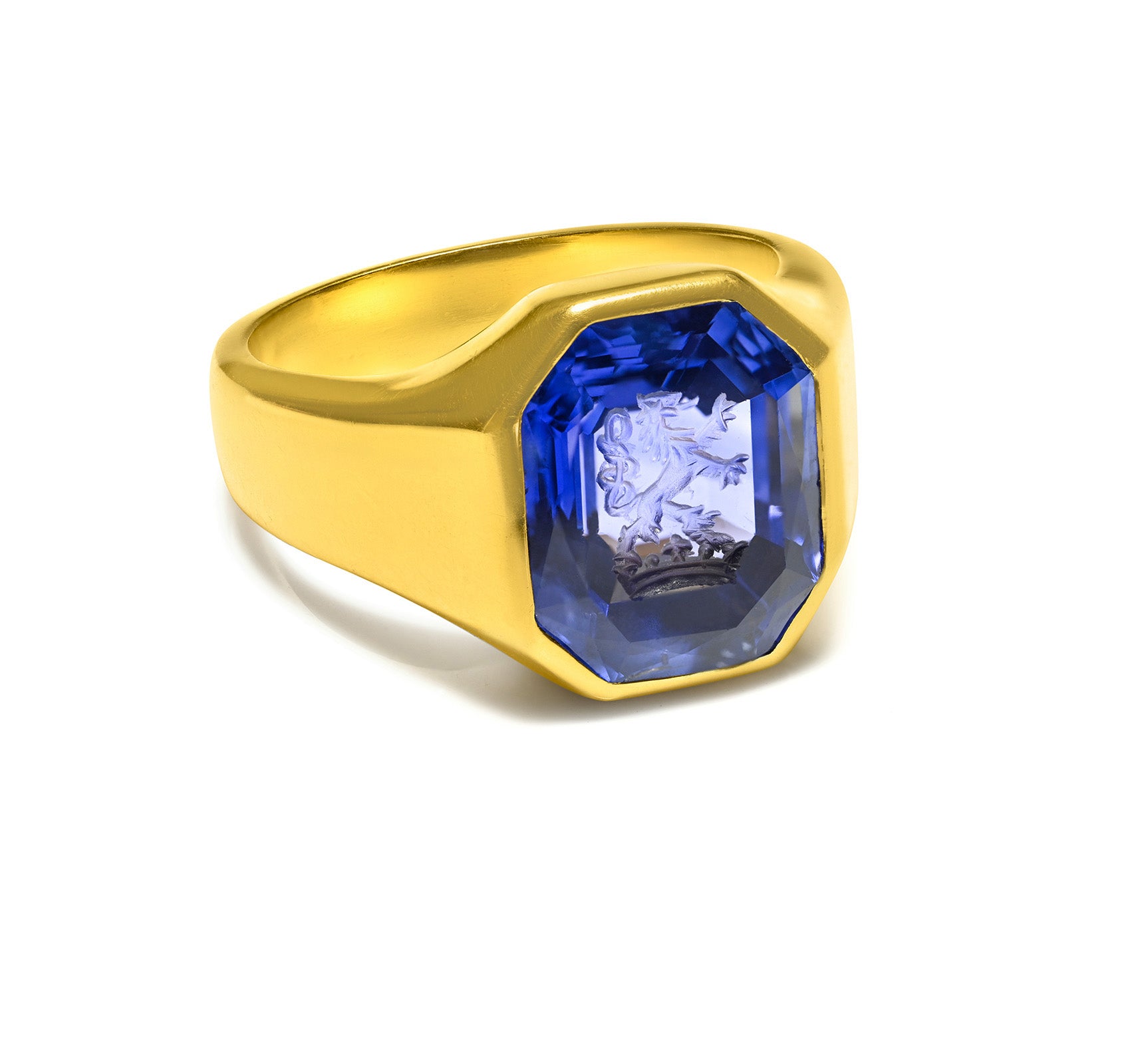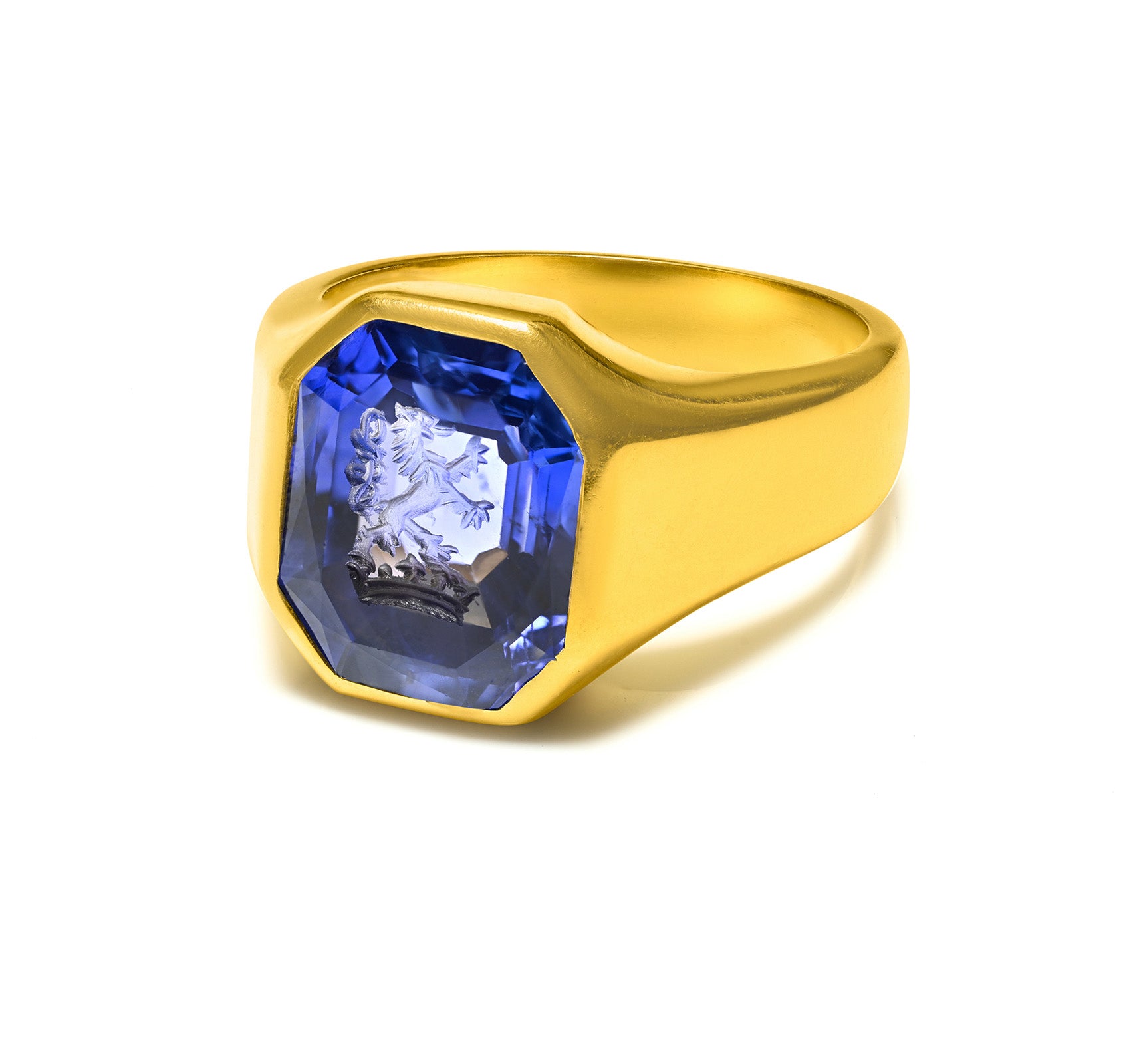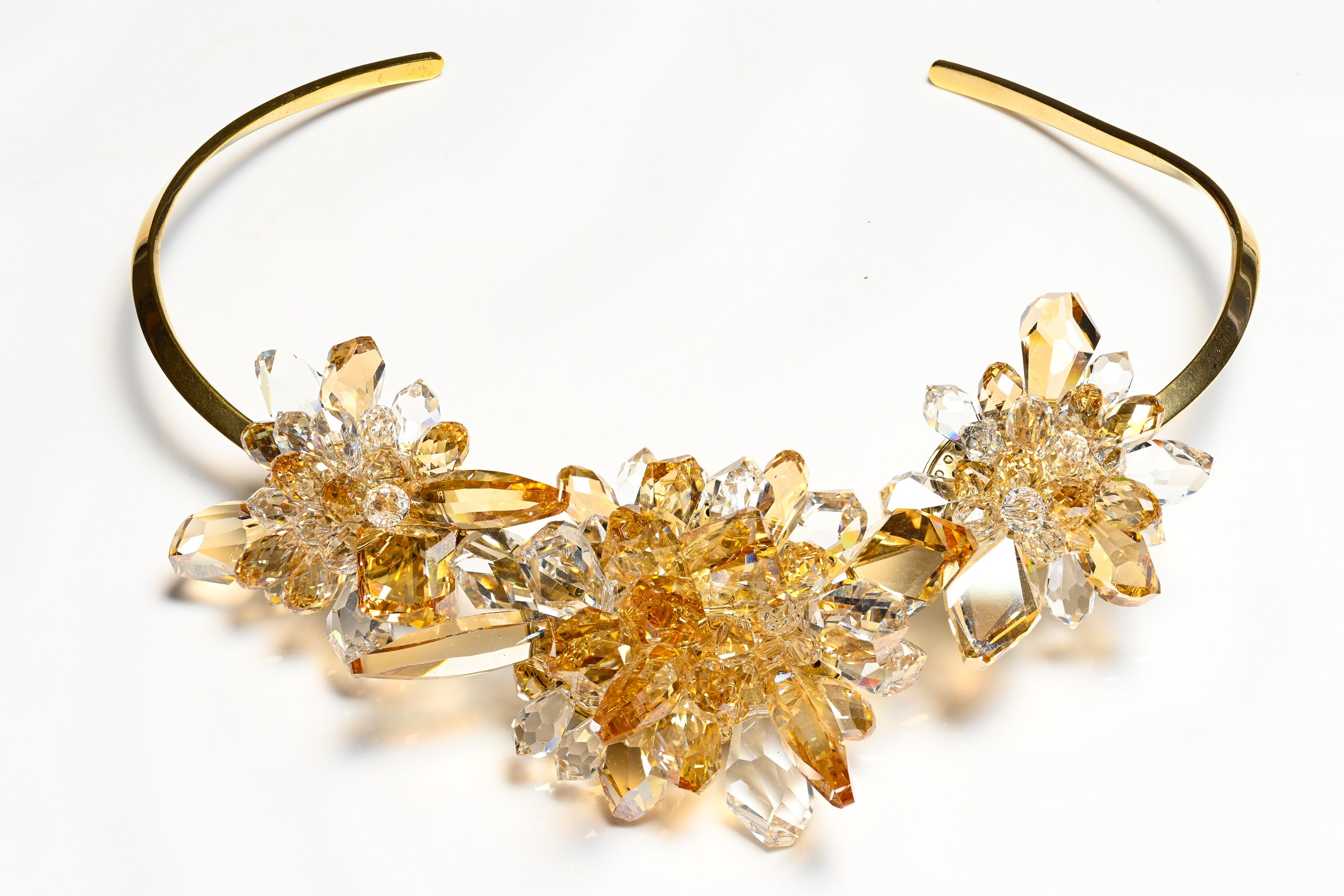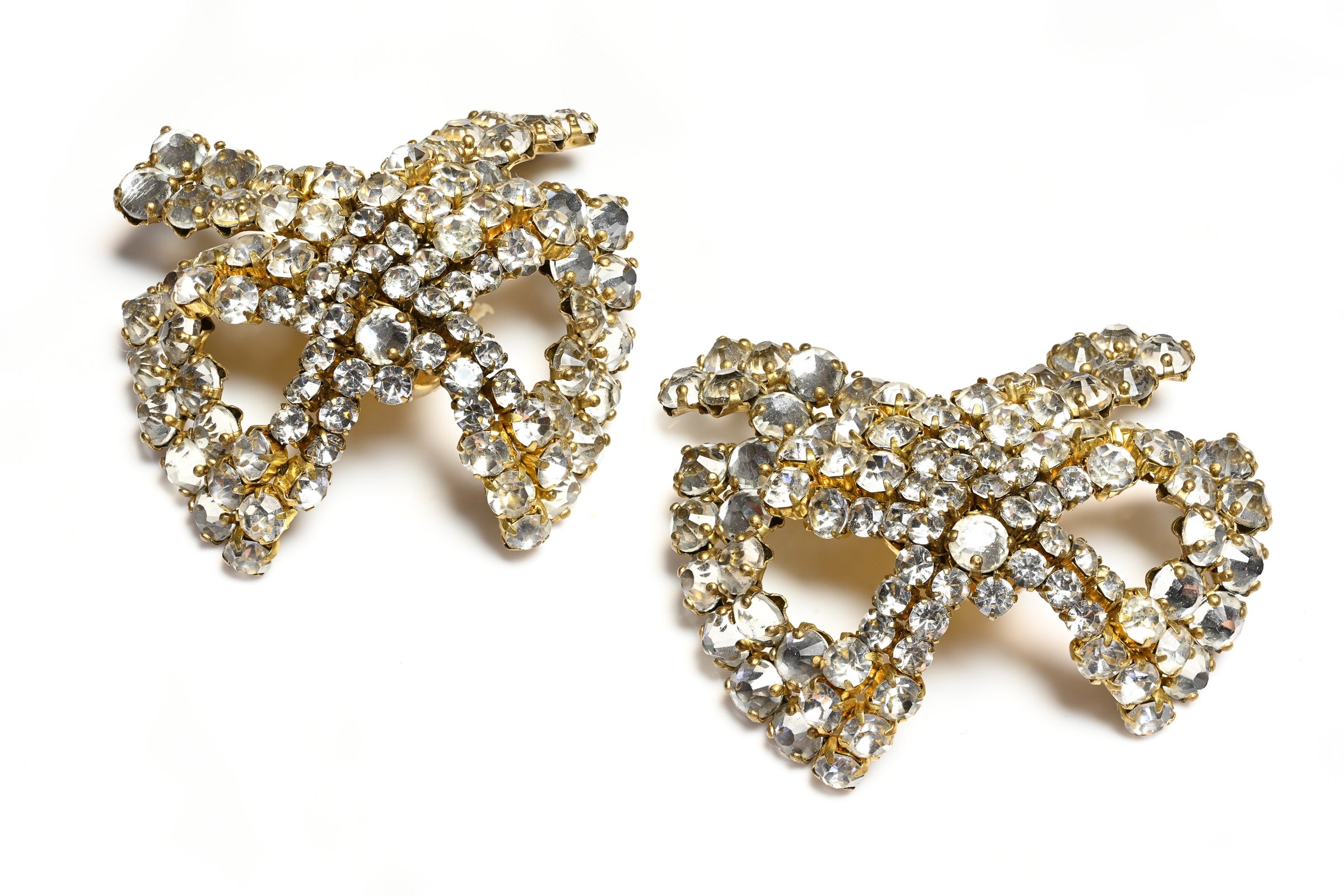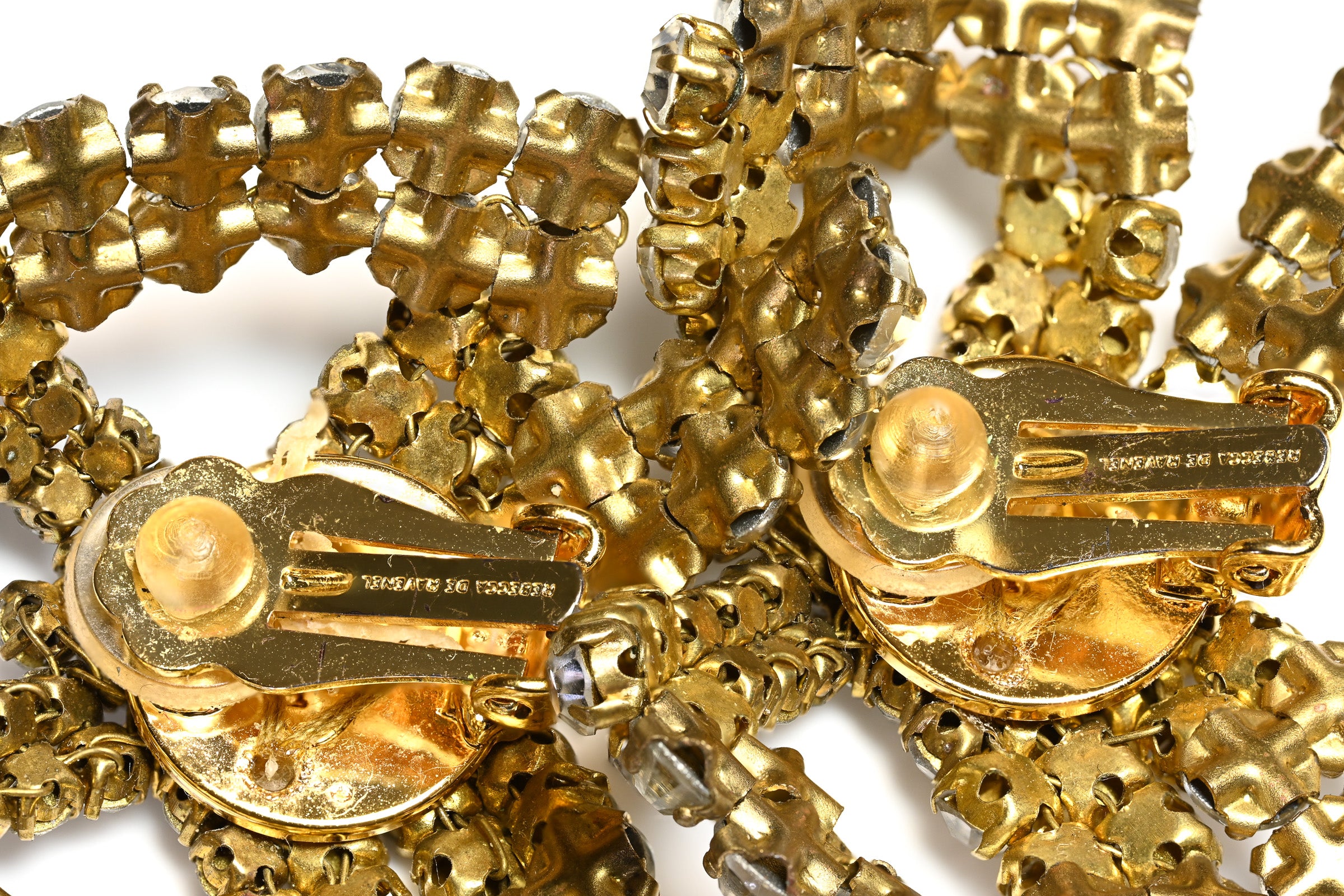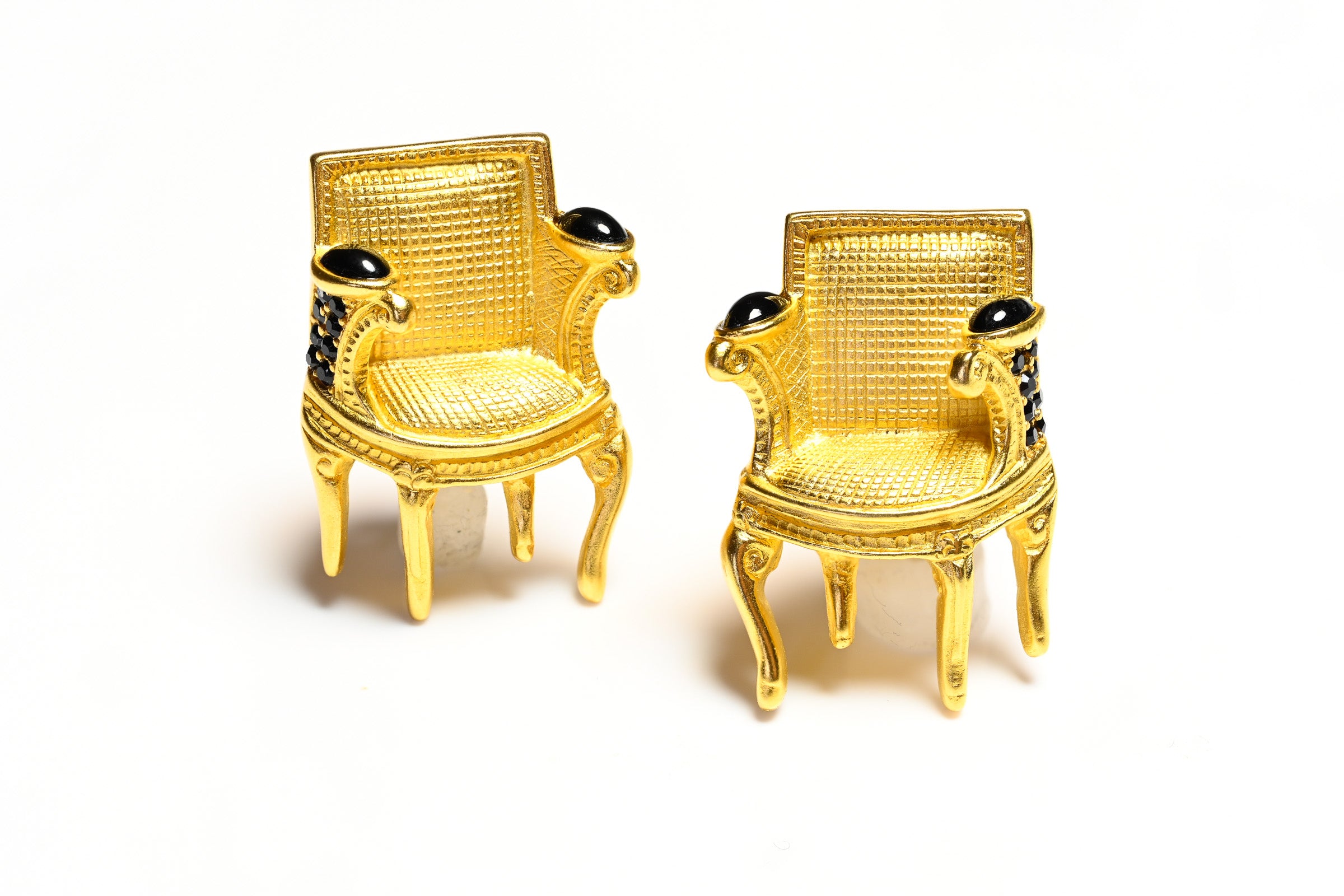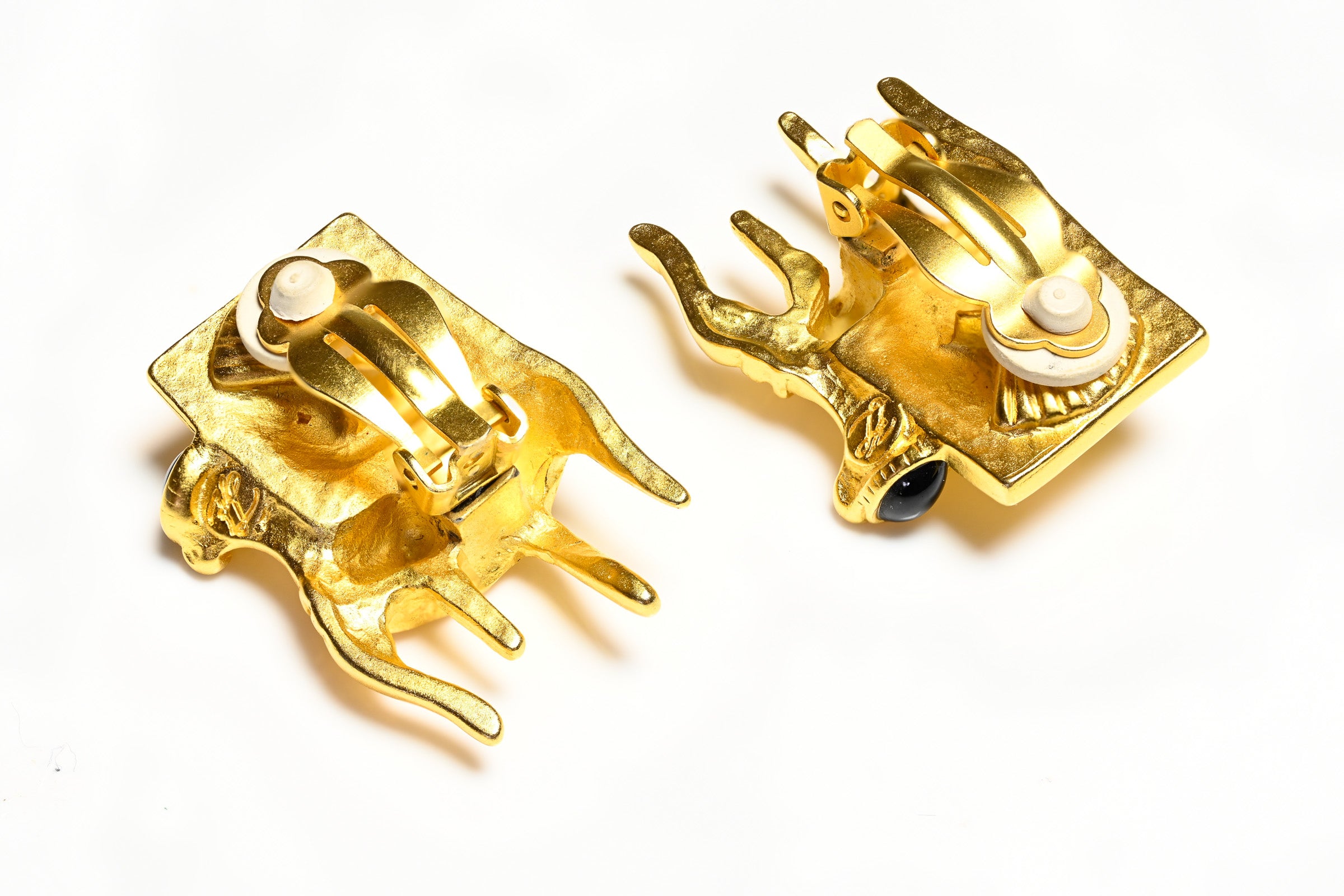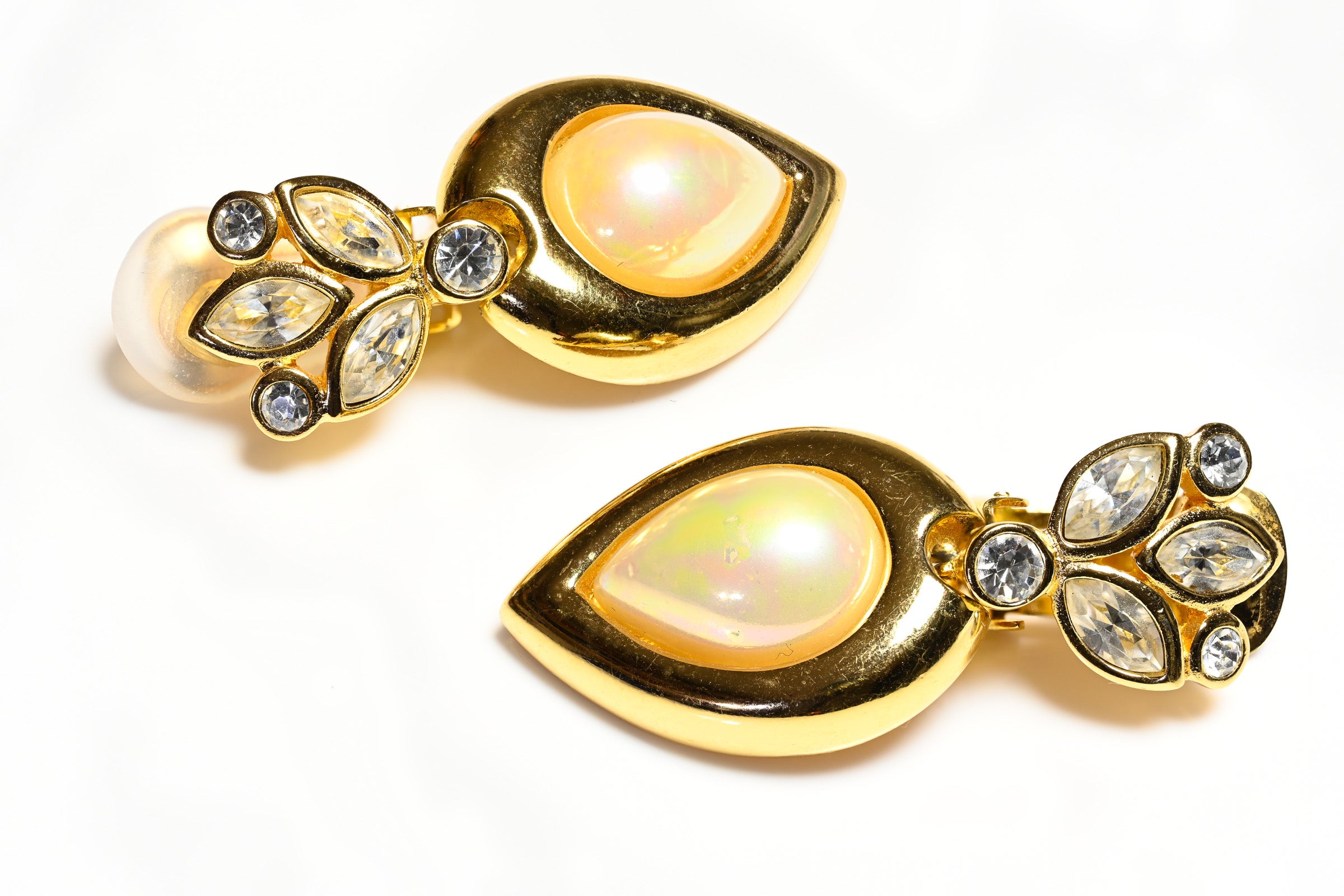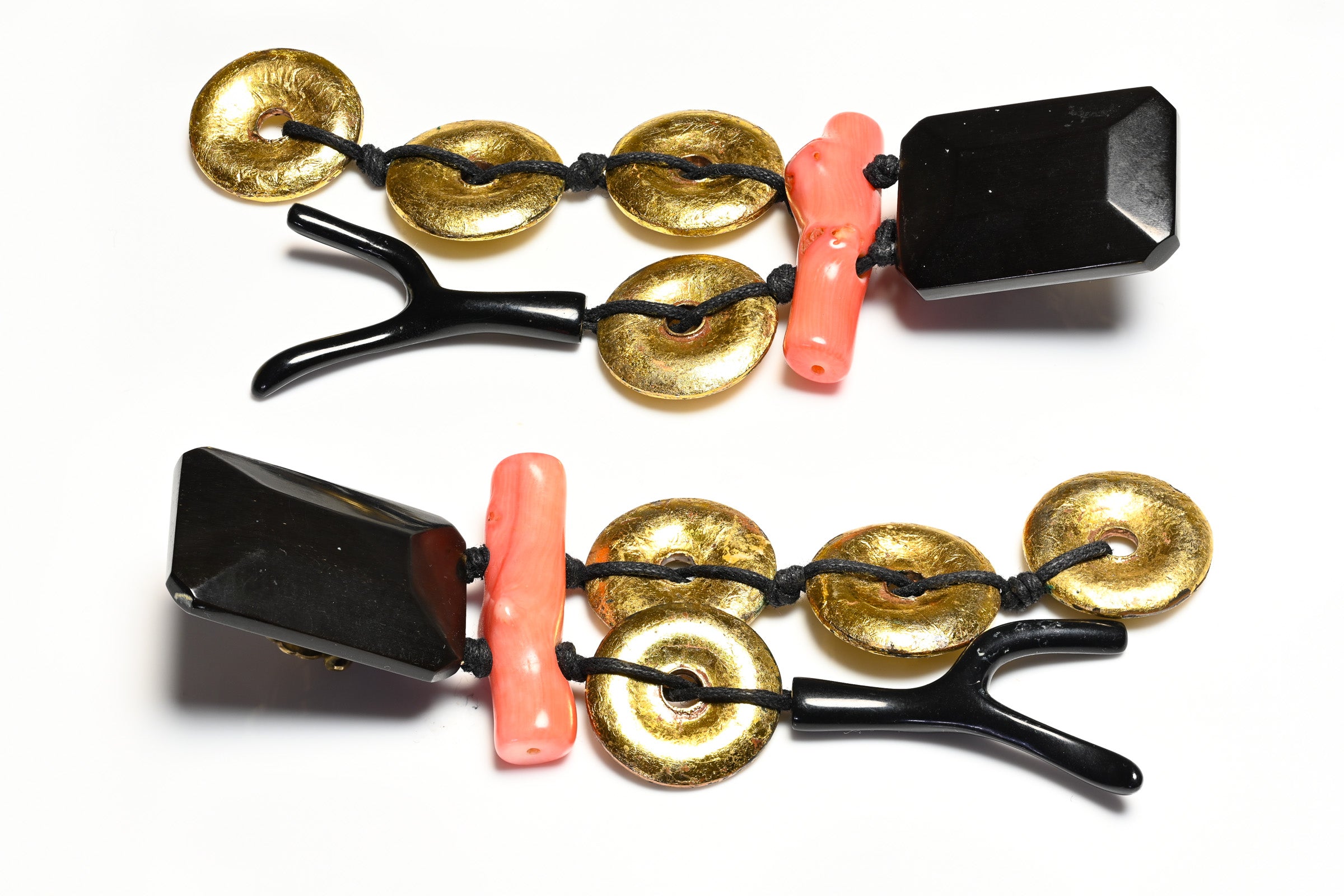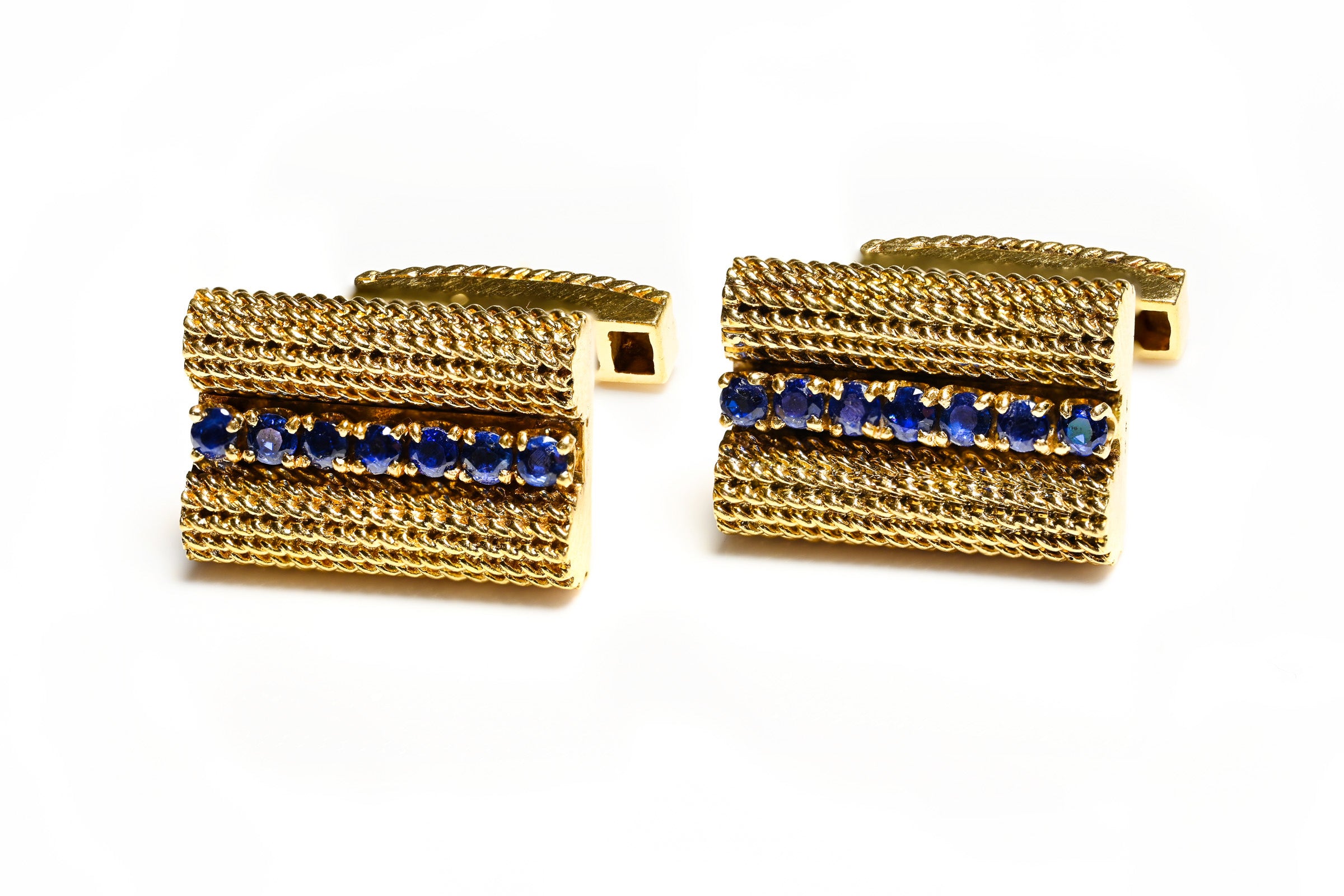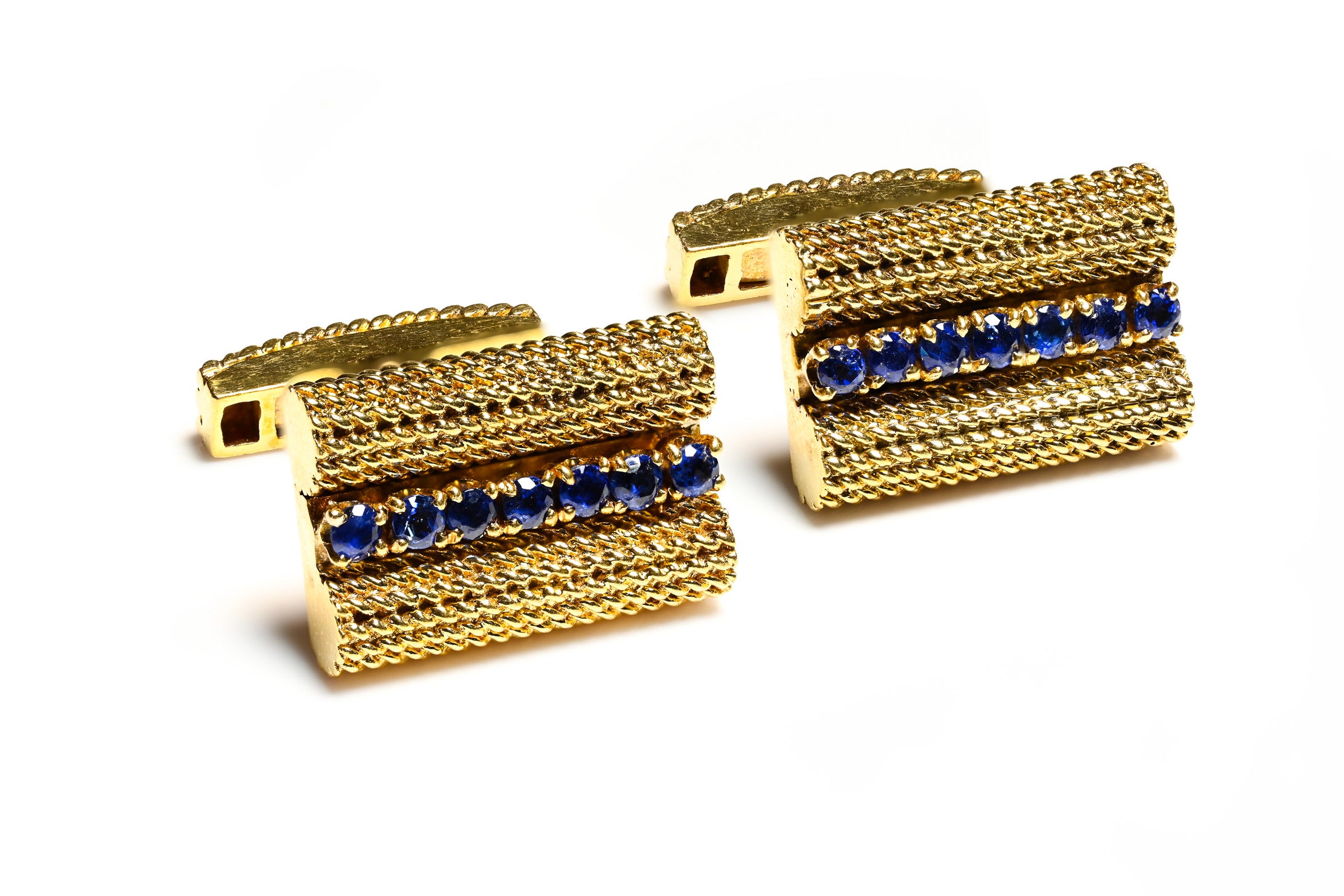
Queen Elizabeth’s Morning Piper: His Final Tribute at Her Funeral
There is a touching story of the artist who sang to Queen Elizabeth under the window every morning at 7.15 am to wake her up.
He sang to her again after her coffin had been put in the crypt, and this could be a story from a film.
The British people have grown accustomed to many of Queen Elizabeth II's eccentricities throughout her 70-year reign, including her corgi and headgear. But while the country came together for the monarch's funeral, spectators saw a lesser-known event in her life.
Who Woke Queen Elizabeth II?
The Queen was awakened by the sound of bagpipes playing under her window at homes across the nation for the majority of her reign. For many years, "The Piper to the Sovereign" served as an alarm clock, playing for 15 minutes every morning as well as during official events, according to CNN.
The bagpiper for the queen, though, played a different duty on Monday. The rhythms that for the monarch signaled the beginning of mornings also marked the conclusion of Queen Elizabeth's funeral on that particular day.
As her coffin was being lowered into the Royal Vault of St. George's Chapel at Windsor Castle, the piper played for her one last time. It's a poignant moment that represents an end, just as it did at Prince Philip's burial in April of last year.
How Long Has The Flute Player's Position Existed?
The Westminster Abbey state funeral was concluded by a lone piper playing "Sleep, Dearie, Sleep" before the Windsor funeral service. Paul Burns of the Royal Regiment of Scotland, who assumed the position the previous year, was the piper.
When Queen Victoria and her husband Prince Albert visited the Scottish Highlands, they fell in love with the sound, and this led to the development of the piper's function. There have been seventeen chief pipers since the position was created in 1843.
The most heartfelt of the millions of tributes to Queen Elizabeth came from Scott Methven, who played the flute for the monarch from 2015 until 2019. Methven recalled the numerous acts of kindness he encountered during his four years of service and expressed how "devastated" he was to hear of the Queen's passing.
The longest-reigning monarch in British history, Queen Elizabeth, passed away at Balmoral Castle on September 8 at the age of 96. 4.1 billion people are thought to have viewed her funeral.
The Royal Tradition and Its Symbolic Jewelry
While the sound of bagpipes played a significant role in Queen Elizabeth II's daily life and in marking the end of her reign, another tradition steeped in symbolism is the royal jewelry she wore. Just as the piper's melodies reflected the solemnity and grace of the monarchy, the queen's jewels also carried deep significance.
Throughout her reign, Queen Elizabeth was known for wearing some of the most iconic pieces of jewelry in the world, each with its own historical and personal meaning. For example, the Crown Jewels were used in coronation ceremonies, symbolizing the power and continuity of the British monarchy.
The Sovereign's Orb and Sceptre, often seen in ceremonies, carry religious and regal symbolism, representing the monarch's role as head of state and defender of the faith. Similarly, the queen’s favorite brooches, such as the Cullinan V brooch, were not just decorative but were connected to significant moments in her life, embodying her legacy.
As the piper's final tune marked the closing of an era, so too do these pieces of jewelry continue to tell the story of Queen Elizabeth II's life, connecting her reign with centuries of royal tradition.



